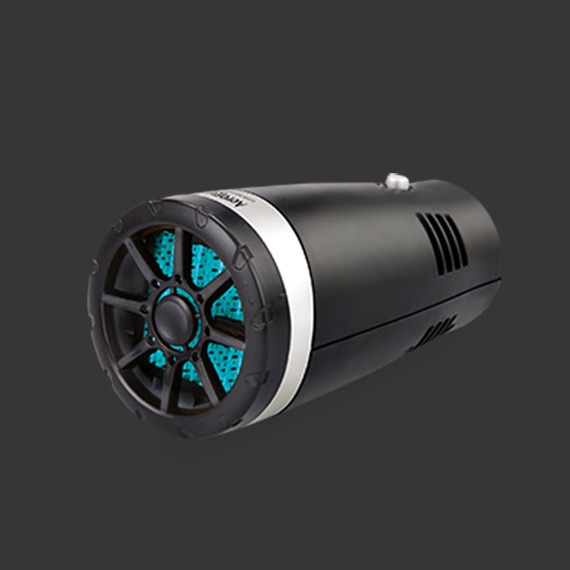Resolving Issues with Throttle Cable Adjustment and Functionality
Fixing the Throttle Cable A Step-by-Step Guide
The throttle cable is an essential component of an automobile's engine control system, as it directly regulates the amount of air-fuel mixture that enters the engine. Over time, this cable can become worn, frayed, or misadjusted, leading to issues such as sluggish acceleration, erratic idling, or even complete loss of power. If you're experiencing any of these problems, it might be time to inspect and potentially fix or replace your throttle cable. Here’s a step-by-step guide to help you through the process.
Step 1 Gather Your Tools
Before you start, make sure you have the necessary tools on hand. You’ll typically need a socket wrench set, screwdrivers (both flathead and Phillips), pliers, and possibly a replacement cable if the old one is damaged beyond repair. Always reference your vehicle’s manual for specific requirements.
Step 2 Safety First
Park your vehicle on a flat surface and turn off the engine. For added safety, disconnect the battery to prevent any electrical mishaps while you work on the throttle system. This step is crucial, especially if you are dealing with an electronic throttle control system.
Step 3 Locate the Throttle Cable
Open the hood and locate the throttle cable. It usually runs from the accelerator pedal through the firewall into the engine compartment, connecting to the throttle body. In older vehicles, this cable is typically a simple mechanical linkage, while in newer models, it may involve more complex electronic components.
Step 4 Inspect the Cable
fixing throttle cable

Carefully inspect the throttle cable for any signs of wear and tear, such as fraying, kinks, or excessive slack. Pay attention to any binding or resistance when pulling the cable. If you identify any damaged sections, it’s best to replace the entire cable rather than attempt temporary fixes.
Step 5 Adjust or Replace the Cable
If the cable is simply misadjusted, you can usually tighten it at the adjustment point near the throttle body. Check the manual for the correct specifications on how much slack should be present. For a damaged cable, you will need to remove the old cable by disconnecting it from both the throttle body and the accelerator pedal. Then, install the new cable, ensuring it is properly routed and secured.
Step 6 Test the System
Once you’ve performed the necessary repairs or replacements, reconnect the battery and start the engine. Gently press the accelerator pedal to ensure smooth operation. The throttle response should be immediate and uniform. Let the engine idle and check for any unusual sounds or behaviors.
Step 7 Final Checks
After confirming that everything operates correctly, close the hood and take your vehicle for a test drive. Be attentive to the engine's performance. If you notice any persistent issues, it may be advisable to consult a professional mechanic.
In conclusion, fixing a throttle cable may seem daunting, but with the right approach and tools, it can be a rewarding DIY project that enhances your vehicle's performance. Regular maintenance can prevent future problems, ensuring a smoother and safer driving experience. Remember, when in doubt, don't hesitate to seek professional help.
-
Workings of Clutch Pipe and Hose SystemsNewsJun.04,2025
-
The Inner Workings of Hand Brake Cable SystemsNewsJun.04,2025
-
The Secrets of Throttle and Accelerator CablesNewsJun.04,2025
-
The Hidden Lifeline of Your Transmission Gear Shift CablesNewsJun.04,2025
-
Demystifying Gear Cables and Shift LinkagesNewsJun.04,2025
-
Decoding Clutch Line Systems A Comprehensive GuideNewsJun.04,2025
